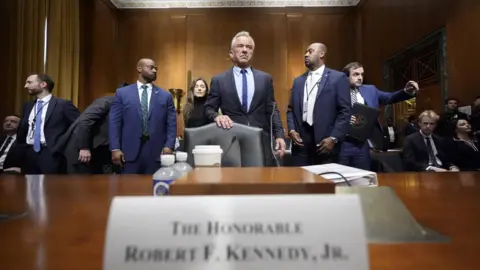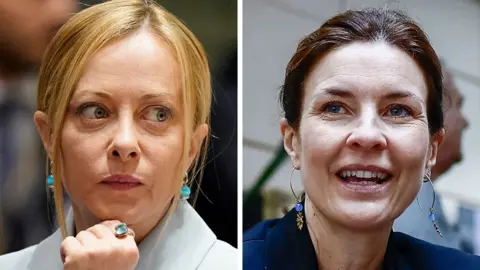In a move that has raised eyebrows and ignited debate, Italy's culture ministry has been accused of meddling in the arts following the controversial exhibition on Futurism at Rome’s National Gallery of Modern and Contemporary Art. The opening event saw a variety of visitors, but it was notable for the absence of several experts and scholars who had dedicated considerable effort to the exhibition over the past year. They were reportedly dismissed earlier this summer and replaced by a new organizing committee comprising an architect, an archaeologist, and a medieval art expert.
According to Massimo Duranti, one of the dismissed scholars, the transition was abrupt and left him feeling erased from the project. He expressed frustration over the new direction, stating, “The exhibition became about exalting Futurism during the period of the regime.” He and his colleagues had aimed to provide a more nuanced exploration of the movement, which, while celebrated for its innovative expressions, is also inextricably linked to Italy's Fascist history under Mussolini.
Despite the backlash, Massimo Osanna, the director of Italy's state museums, attempted to clarify that the changes to the exhibition team were not made for ideological reasons, insisting that the previous scholars were never formally appointed. He emphasized that the new panel sought to cover "an extraordinary era from many points of view."
The controversy surrounding this exhibition has its roots in the broader political landscape of Italy, particularly under the leadership of Gennaro Sangiuliano, who, during his brief tenure as culture minister, had championed the project. Appointed by Prime Minister Giorgia Meloni, a figure with ties to post-Fascism, Sangiuliano’s influence on this exhibition raises questions about the direction of Italy’s cultural policies and their implications for historical interpretation.
With critics arguing that the new narrative serves to whitewash the darker aspects of the country’s past, the conversation around the responsibilities of cultural institutions in presenting history is more pressing than ever. As the debate unfolds, the intersection of art, politics, and historical memory remains a contentious battleground in Italy.
According to Massimo Duranti, one of the dismissed scholars, the transition was abrupt and left him feeling erased from the project. He expressed frustration over the new direction, stating, “The exhibition became about exalting Futurism during the period of the regime.” He and his colleagues had aimed to provide a more nuanced exploration of the movement, which, while celebrated for its innovative expressions, is also inextricably linked to Italy's Fascist history under Mussolini.
Despite the backlash, Massimo Osanna, the director of Italy's state museums, attempted to clarify that the changes to the exhibition team were not made for ideological reasons, insisting that the previous scholars were never formally appointed. He emphasized that the new panel sought to cover "an extraordinary era from many points of view."
The controversy surrounding this exhibition has its roots in the broader political landscape of Italy, particularly under the leadership of Gennaro Sangiuliano, who, during his brief tenure as culture minister, had championed the project. Appointed by Prime Minister Giorgia Meloni, a figure with ties to post-Fascism, Sangiuliano’s influence on this exhibition raises questions about the direction of Italy’s cultural policies and their implications for historical interpretation.
With critics arguing that the new narrative serves to whitewash the darker aspects of the country’s past, the conversation around the responsibilities of cultural institutions in presenting history is more pressing than ever. As the debate unfolds, the intersection of art, politics, and historical memory remains a contentious battleground in Italy.


















